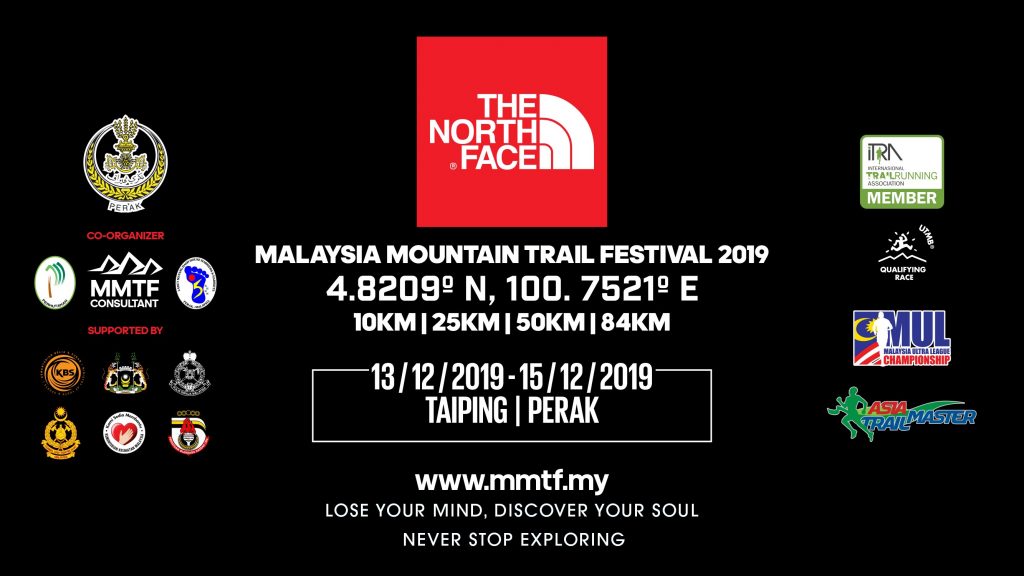
HOW TO START TRAINING?
Dear Runner,
Whilst the back office team is currently wrapping up the registration process (with the final head count processes), we guess the time is right to give everyone this “wake up call”.
Many would say 5 months 15 days is still a long way to go, but there are also sayings which say, “time waits for no man” and “time flies”.
We know that many of you are experienced runners/ athletes albeit on the road or on the trail. We won’t take this fact for granted as we see it as our responsibility to prepare each and everyone of you for the task you have signed up. We deem this as important (if not more) as preparing the trails for race day which is currently on going.
If you haven’t started your training or if you do not know how to prepare for TNF Malaysia Mountain Trail Festival, you may follow us closely from now on as we will be posting and sharing some basic training guides which you can follow.
For those who have registered, you will be receiving monthly updates via emails, covering many topics in preparing you for the race (and what to take cognisance of) to how to get to Taiping and the places/ food of interest here. We are doing this with hope that it will not only prepare you all for the task at hand, but more importantly providing all of you with a positive experience.
In getting each and everyone of you started from “ground zero”, we would advise you to run on the grass. MAKE FLAT GRASSLAND YOUR “FIRST LOVE” FOR NOW.
WORK ON “TIME ON YOUR FEET” ON THE GRASS. Build up from 30 mins to 45 mins to 60 mins to 75 mins to 90 mins to 105 mins to 120 mins. It’s certainly difficult to find a vast flat grassland these days, but don’t use that as an excuse. Find a polo field or a football field or even a small field (doesn’t matter if it only gives you 200m in a single loop).
For the newbies, don’t worry about the distance you can cover, work on time on your feet for now. Work on your running form and your breathing whilst you are working on the time on your feet.
We know it is mentally tough if you have to go on loops, what more on softer surface which requires more strength to run on. Do your easy run, recovery run and speed workout on the grass.
Running on grass will help you improve on your STRENGTH and BALANCE by working some lesser-used muscles in your feet and legs. You can improve your running performance on soft grass because it helps you develop good form and make your ligaments and tendons more elastic to help you run faster. Besides, this surface also allows you to do occasional barefoot running in moderation.
Balance is improved on grass because the slightly uneven surface encourages smaller muscles in your feet, legs ankles, and hips to work and not too much like on a flat surface. This will make you become a stronger runner because your ankles and lower legs stabilizing muscles have to work harder on this soft surface, which absorb a lot of your energy. This also helps you run faster on asphalt.
Grass running also provides MENTAL benefits. It’s mentally tougher to run on softer surface, but it’s more fun knowing that you are freer to roam on a vast grassland.
Running on grass also trains your feet to adapt to changes in terrains or slightly uneven terrain. Besides the morning dew are good for your feet.
Tips for running on grass:
- If you haven’t run on grass before, you should take three weeks to transit slowly before performing faster workouts. You can end 1 or 2 of your easy runs with 15-20 minutes on grass per week to get your body used to transitioning to softer and more uneven terrain.
- You should look for more even surfaces such as golf courses or soccer fields. Uneven grass may cause minor soft tissue issues, especially for runners who are inexperienced with running on soft surfaces.
- Runners who just transited to run on grass shouldn’t run too much. And don’t run barefoot on this surface immediately because its softness can harm the plantar fascia.
- It’s very important to watch out for changes in terrain or holes hidden under the grass. These can lead to a twisted, sprained or even broken ankle.
- Keep in mind that grass-running forces leg muscles to work much harder in comparison with other running surfaces and it can lead to feet and ankle issues like plantar fasciitis. I recommend that only people who have strong ankles and flexible feet run on grass.
- Choose the right shoes for running on grass to prevent plantar fasciitis or over-pronation. You need running shoes with just enough cushioning to protect your heels and good arch support to protect your plantar fascia. Additionally, traction and stability are also key factors you should remember when choosing the best shoes for grass, because this surface is often slippery after rain, the great traction and stability shoes will help you deal with this disadvantage.
Happy Trails…
TNF MALAYSIA MOUNTAIN TRAIL FESTIVAL 2019
29th June 2019

